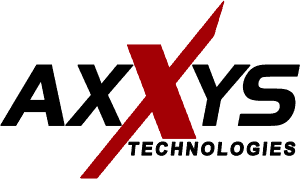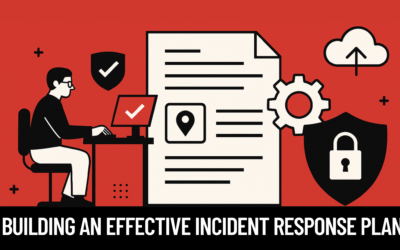It’s the new standard in office layouts. Open floor plans account for about 70% of American office spaces in the United States today. Businesses choose open floor plans because they allow greater collaboration between team members and create greater flexibility in working conditions.
This means greater rapport among team members and also greater productivity potential.
But open floor plans also present significant hurdles in IT planning. In order for your company to thrive in an open office space, you need your people, layout, and network locked into seamless step.
Hiring the right IT partner to establish a strategic plan could mean the difference between working in synergy and leaking productive energy.
Take the following considerations into account for maximum success.
Go Wireless for Open Layout IT Planning Success
Open floor plans allow for grouping among teams and departments in a way that promotes collaborative thinking. But sometimes open floorplans don’t have the needed wired connections to plug each individual grouping into the overall system.
Sooner or later there’s only so much that cabling can do to solve a lack of hard wiring throughout the workspace. Wiring new connections can be a costly investment, one that you cannot take with you should your business ever need to move.
You probably don’t want wires running along the floor and presenting tripping hazards, either.
One of the easiest solutions to this potential problem is going wireless for your internet and network connections. It frees you from the need to wire each individual workstation in.
Wireless connectivity also allows workers to work from flex spaces outside of their workstations. These include conference rooms and those new puffy floor chairs in the corner by the windows.
Providing such flex spaces results in employees who are 1.3 times more likely to be engaged than without them, by the way.
But wireless connectivity also brings another set of potential IT planning problems if not handled correctly.
Complete floor plan coverage is crucial to wireless success. This means access points and other equipment must be strategically placed, as well as selected up front for compatibility. This avoids costly bottlenecks and poor interfacing.
It doesn’t do your business any good if half your team gets a poor (or slow) connection as a result of improper technology choices or poor wireless coverage. A little professional planning up front saves a lot of headaches down the road.
So You’re Wireless, Now What About Equipment?
Getting the right wireless technology up and running is a great first step to open floor plan success. But what about the individual employees’ equipment?
After all, mobility and flexibility won’t do them much good if they’re still strapped to a desktop computer.
Depending on your company’s individual needs, it may make sense to provide laptops for employees, as well as a docking station at their desk. Laptops also help you to harness the work-from-anywhere mobility benefits of cloud computing.
Taking the time to plan ahead can mean that employees have the freedom to move around while remaining productive.
Company-Specific Solutions
Your individual company could have a host of other open floor plan concerns not addressed here. The need for industry-specific software, other collaborative networking solutions, or enhanced wireless security, for example.
Lots of variables factor into creating a streamlined, successful open workspace.
If you have additional questions we hope you’ll take the time to reach out to our team. We have proven experience in setting our clients up for success. With a little up-front planning, your company can have a workspace that is comfortable, collaborative and flexible!








